Matcha lovers, rejoice: If you’ve ever wished for a calm cup of matcha without the caffeine jitters, there’s good news brewing. Decaffeinated matcha is no longer a myth whispered about in tea circles, it’s a growing reality in the world of Japanese tea craftsmanship.
But is it truly real matcha? Can it still whisk up that vibrant green froth, earthy aroma, and Zen-like calm? Let’s dive into the world of decaf matcha from its origins and processing to flavor, health benefits, and how to enjoy it best.
The Rise of Decaf Matcha: Does It Really Exist?
The short answer: yes, but it’s rare.
Traditional matcha, made from tencha (碾茶, shade-grown tea leaves), is naturally rich in caffeine. This energizing effect has been embraced for centuries in Zen temples and tea ceremonies alike. But with growing awareness around caffeine sensitivity and the modern pursuit of calm energy, tea artisans especially in Uji, Kyoto (宇治, うじ) are crafting a new kind of matcha: decaffeinated matcha tea.
Brands like DōMatcha® have pioneered offerings such as Master’s Decaf, a ceremonial grade decaf Japanese matcha green tea that retains the essence of traditional matcha minus most of the caffeine. Using supercritical carbon dioxide extraction, caffeine is gently removed while preserving the antioxidants, chlorophyll, and that iconic umami-rich flavor.
Look for terms like:
- Freshly ground decaf matcha powder
- USDA Organic
- Decaffeinated matcha tea
- Low-caffeine ceremonial matcha
How Much Caffeine Is in Decaf Matcha?
While regular matcha can contain around 60–70 mg of caffeine per teaspoon, decaf versions typically clock in under 6 mg similar to decaf coffee. Thanks to analytical data from tea labs, you can now compare with confidence.
| Beverage | Typical Caffeine per Serving |
|---|---|
| Regular Matcha (1 tsp) | 60–70 mg |
| Decaf Matcha | 2–6 mg |
| Decaf Coffee (8 oz) | 2–7 mg |
| Green Tea (steeped) | 20–30 mg |
What’s unique is that decaf matcha still retains l-theanine, an amino acid known for promoting calm alertness that prized shinchū (心中, inner calm) often associated with tea meditation.
What Does Decaf Matcha Taste Like?
If you're imagining a dull, watered-down cousin of real matcha, think again.
High-quality decaf matcha particularly from Uji, Kyoto offers:
- A creamy texture when whisked traditionally
- Earthy aroma and slightly sweet finish
- Vibrant color, thanks to preserved chlorophyll content
- Full-bodied flavor from shade-grown tencha leaves
Many brands use tea-master blends and carefully monitor the grinding of the matcha, ensuring freshness and balance. While some bitterness may be reduced due to the decaffeination process, the core flavor remains intact.
If you enjoy a frothy matcha latte with oat or almond plant-milk, the decaf version is just as satisfying especially in the evening.
Is Decaf Matcha Still Good for You?
Yes and it may even be more suitable for mindful wellness routines.
Though caffeine is often linked to energy, research suggests that matcha’s benefits extend beyond the buzz:
- Rich in EGCG (epigallocatechin gallate), a potent antioxidant
- Supports detoxification and digestion
- Promotes mental wellness, focus, and relaxation
- May enhance skin health
- Ideal for self-care, meditation, and evening rituals
Because the decaffeination process preserves l-theanine, the calming qualities of matcha remain without the jitters or sleepless nights.
What Do Customers Say?
Tea lovers from around the world have shared glowing testimonials:
- “I can enjoy matcha in the evening without worrying about sleep!”
- “The flavor is so close to regular matcha, I barely notice a difference.”
- “Perfect for my morning mindfulness routine, calm and focused.”
- “I pre-order the Master’s Decaf every month, it’s that good.”
These responses highlight matcha’s evolving role not just as a drink, but as a lifestyle choice especially when prepared in a handcrafted Japanese tea bowl (chawan, 茶碗) or sipped from a delicate yunomi (湯のみ, everyday tea cup).
Browse our authentic Japanese tea ceremony tableware today!
Where Can You Find Decaf Matcha?
While still a niche product, decaf matcha is available through trusted sources online. Look for:
- DōMatcha® Master’s Decaf (ceremonial grade)
- USDA Organic certified options
- Tea sourced from Kyoto, Japan
- Transparent decaffeination process
- Options to pre-order seasonal batches
Check for mentions of:
- Matcha-growing collectives
- Processing and storage practices
- Shade-grown tencha leaves
Final Sip: Matcha Without Compromise
So, is there decaf matcha? Absolutely. Today’s decaf matcha offers the best of both worlds: traditional taste, modern wellness, and a gentle, caffeine-light boost that fits beautifully into contemporary life.
Whether you’re easing into evening, practicing zazen, or enjoying a quiet moment of self-care, decaf matcha may be just what your tea ritual has been missing.


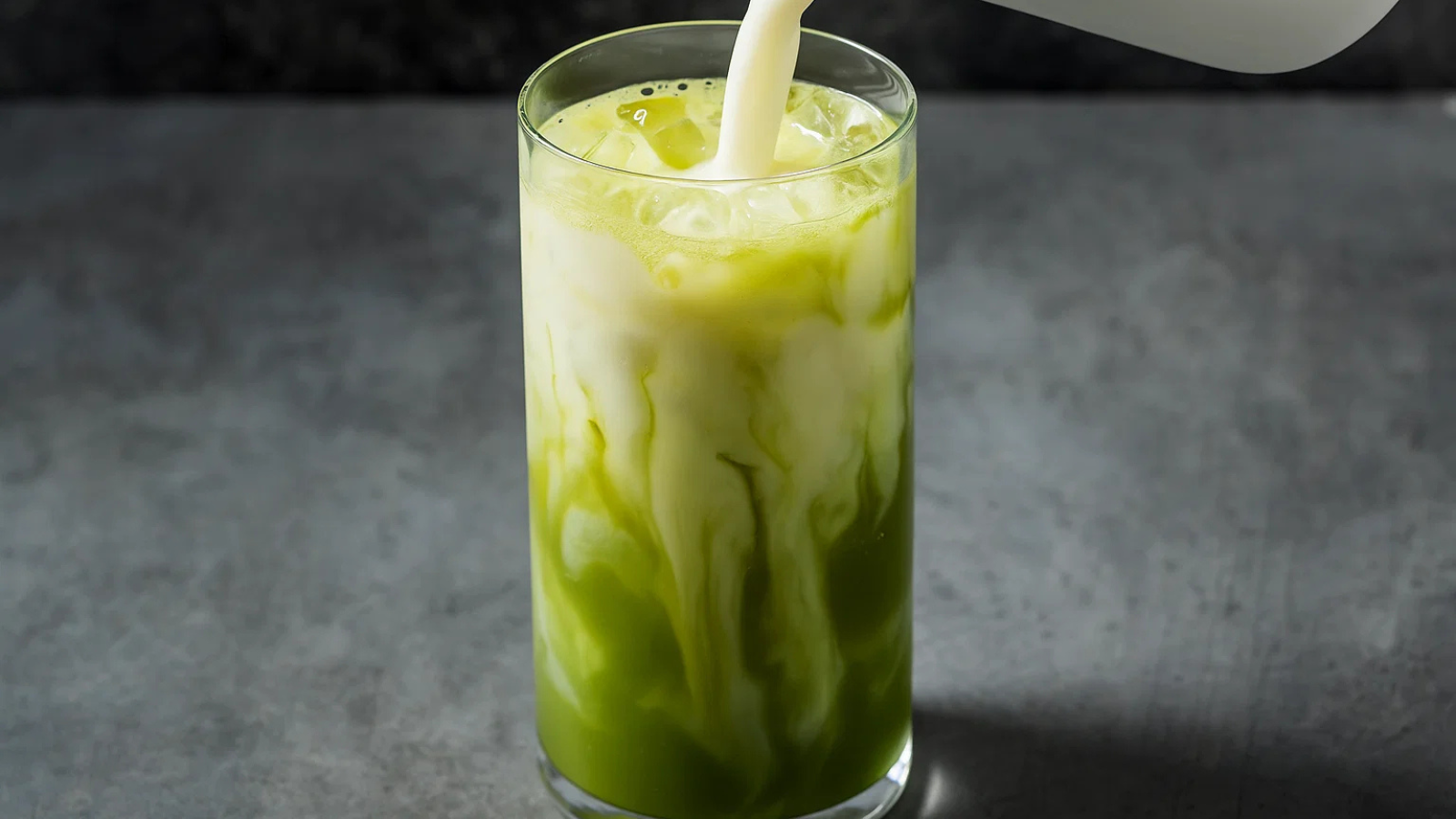


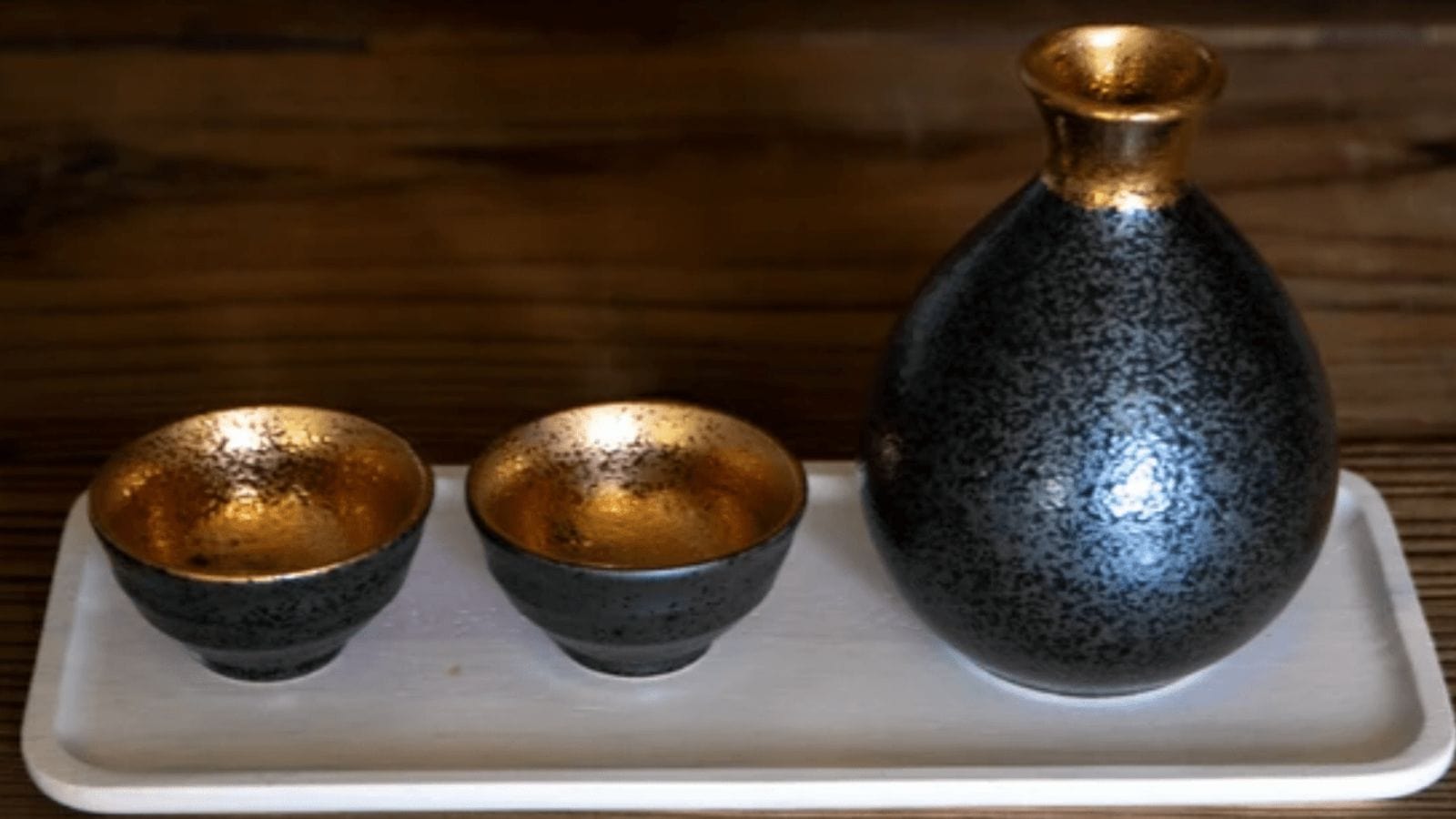
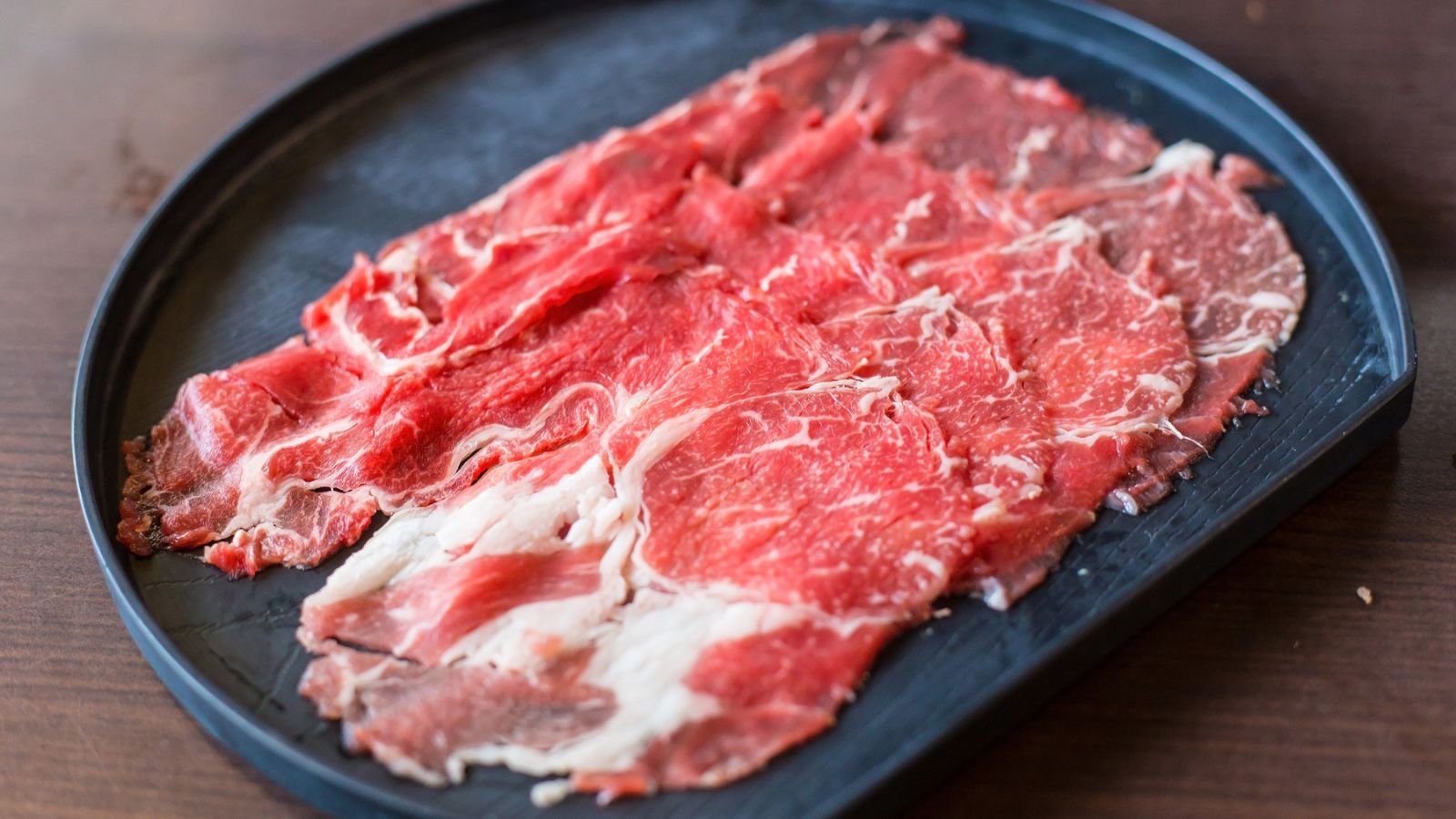
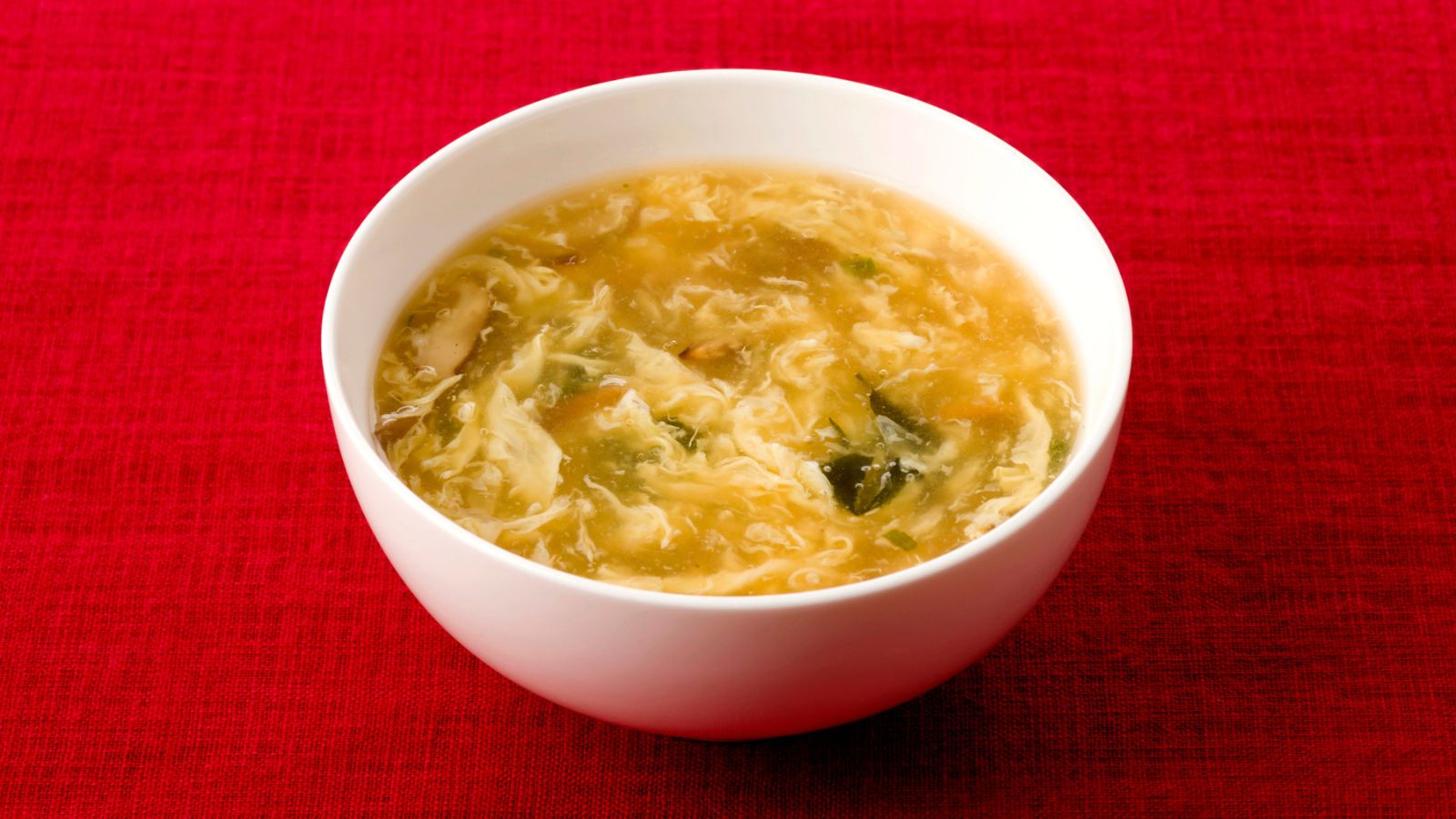
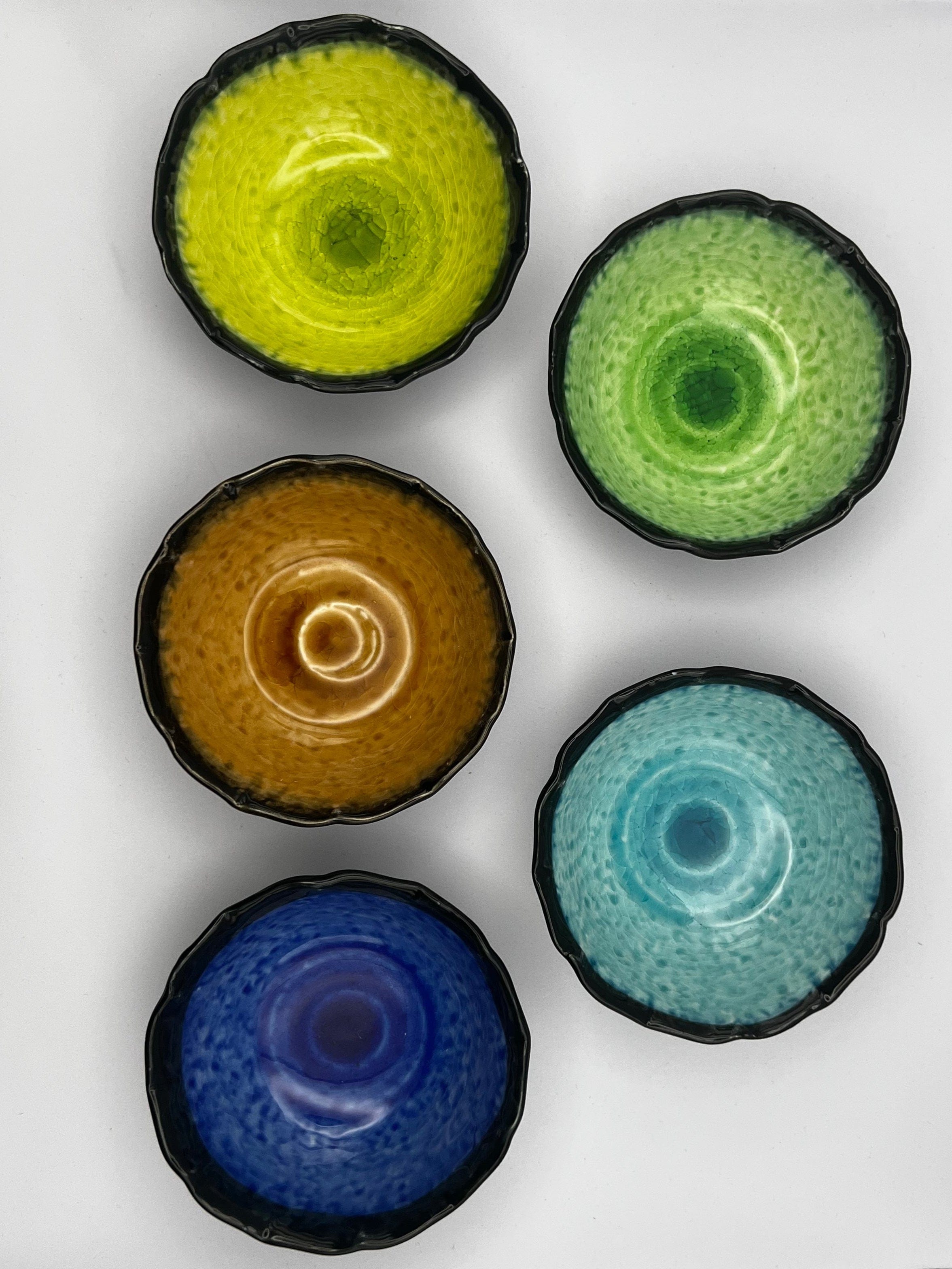
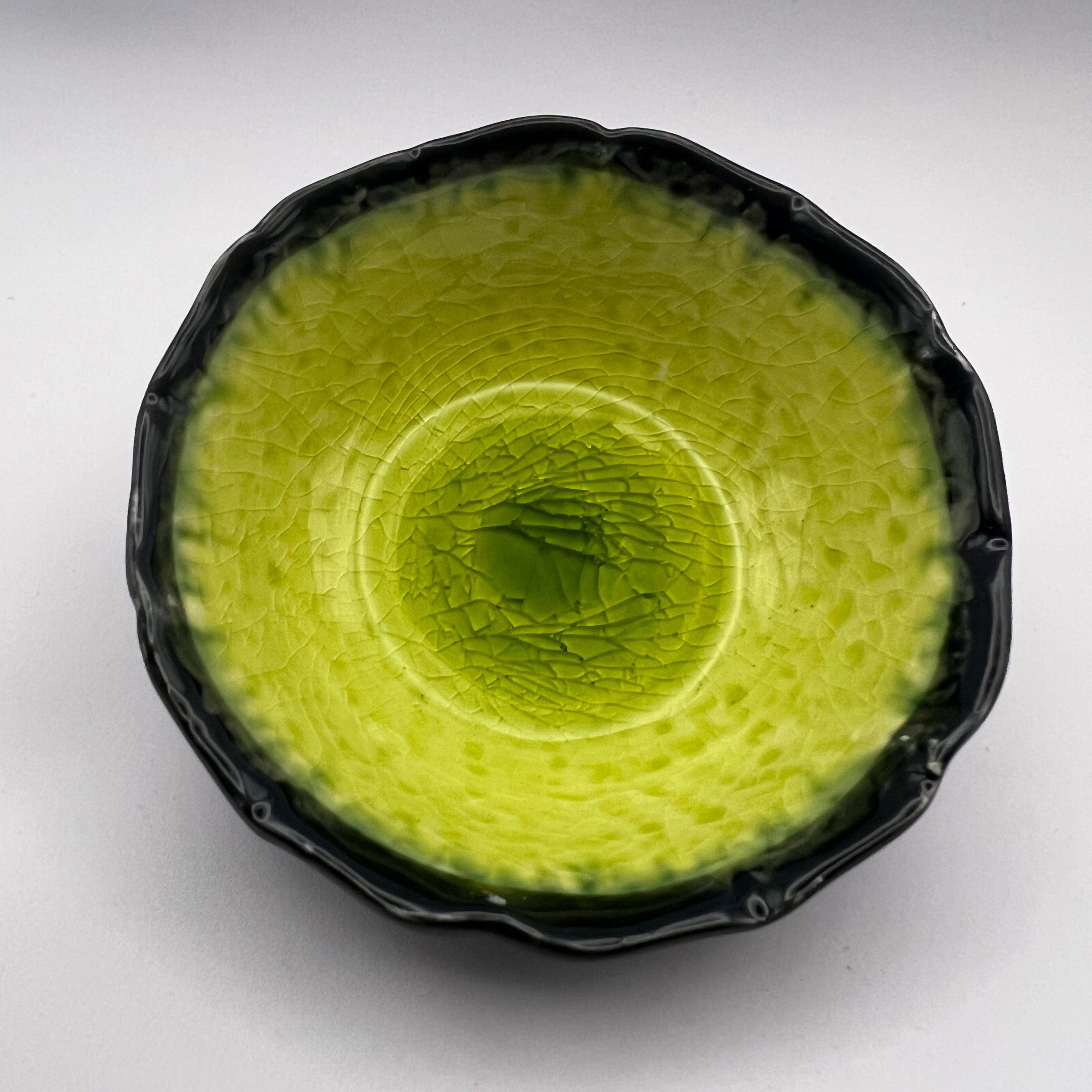
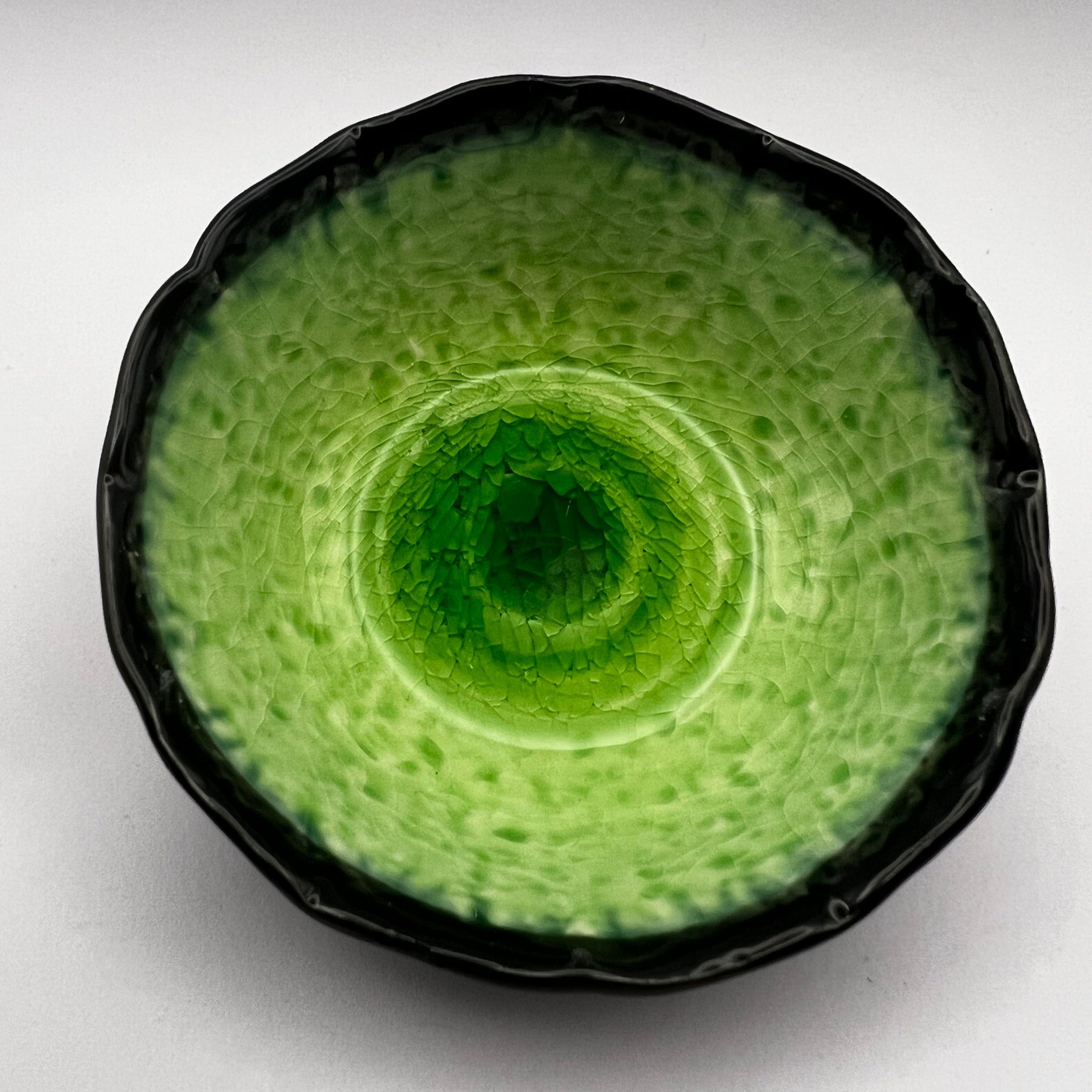
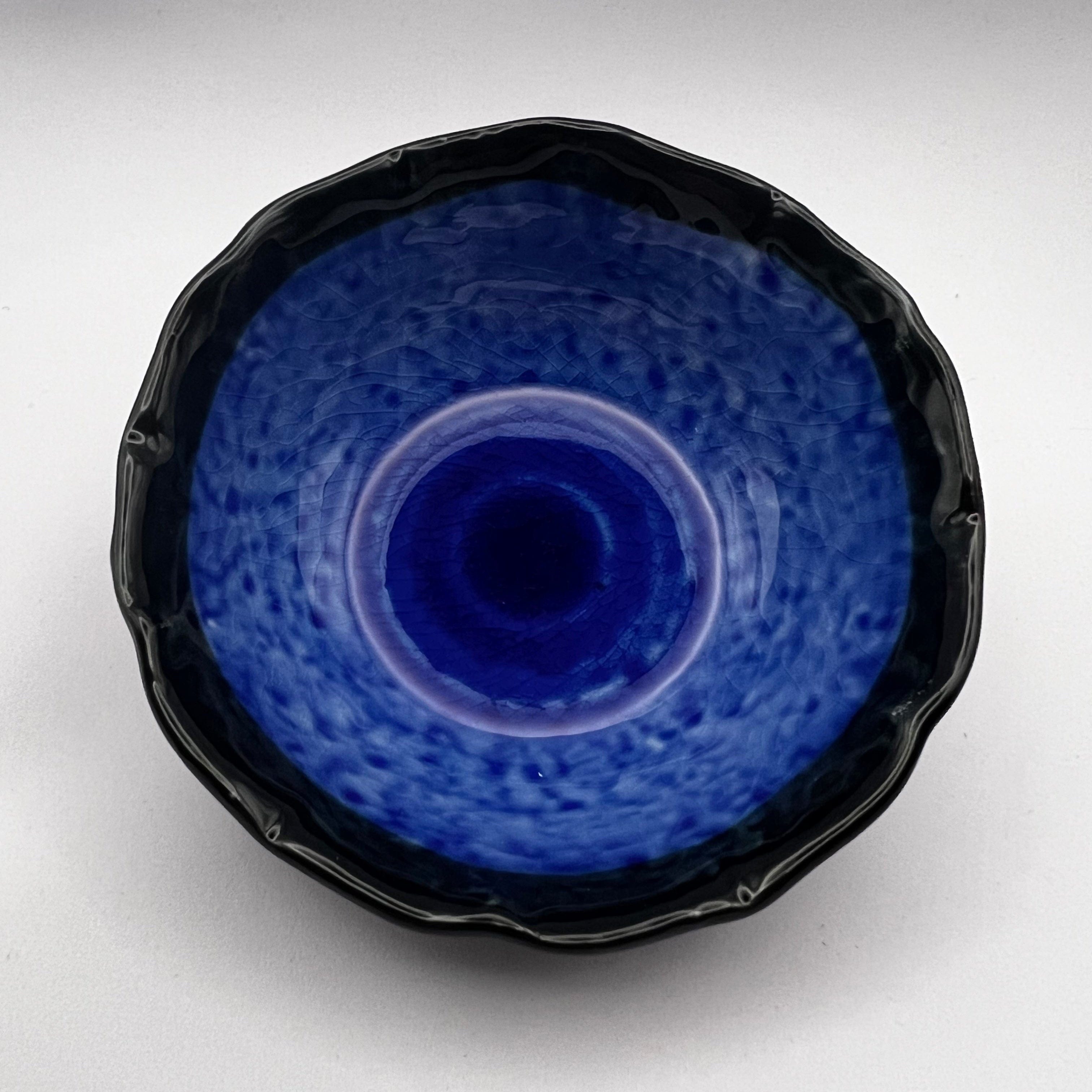
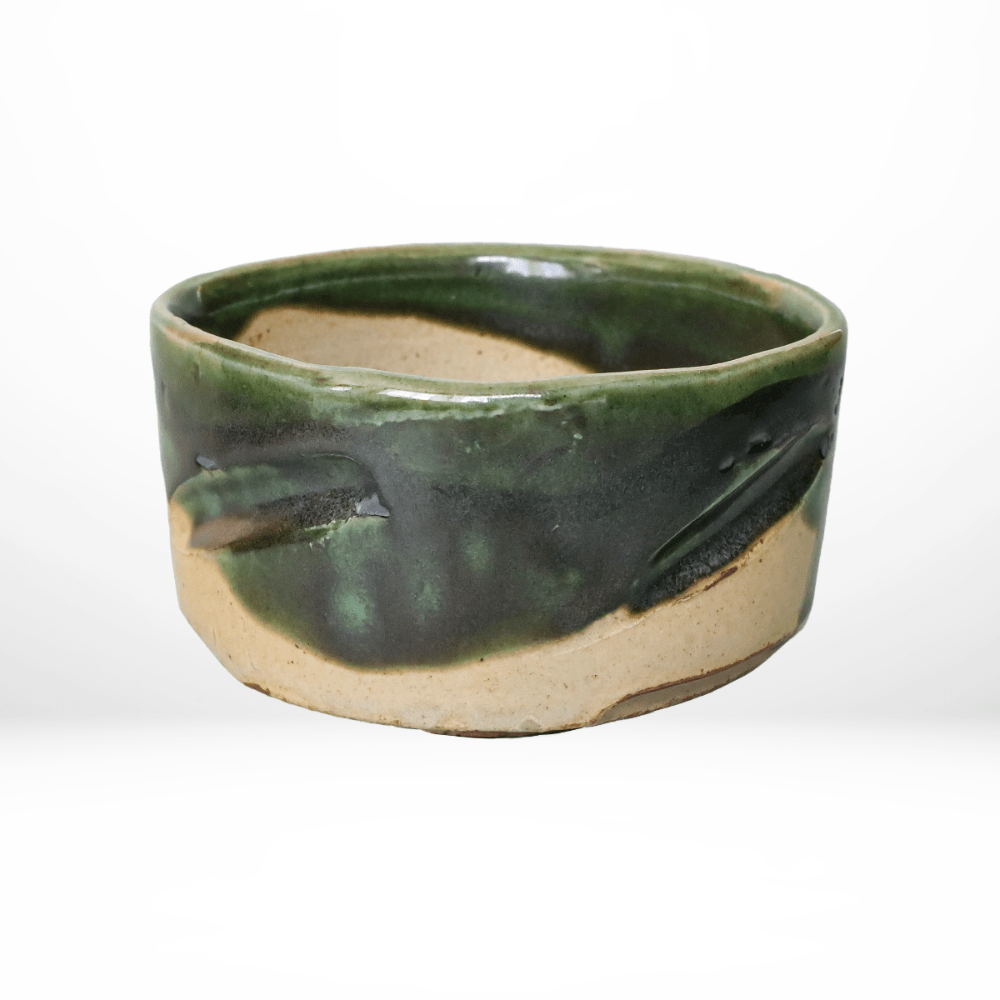
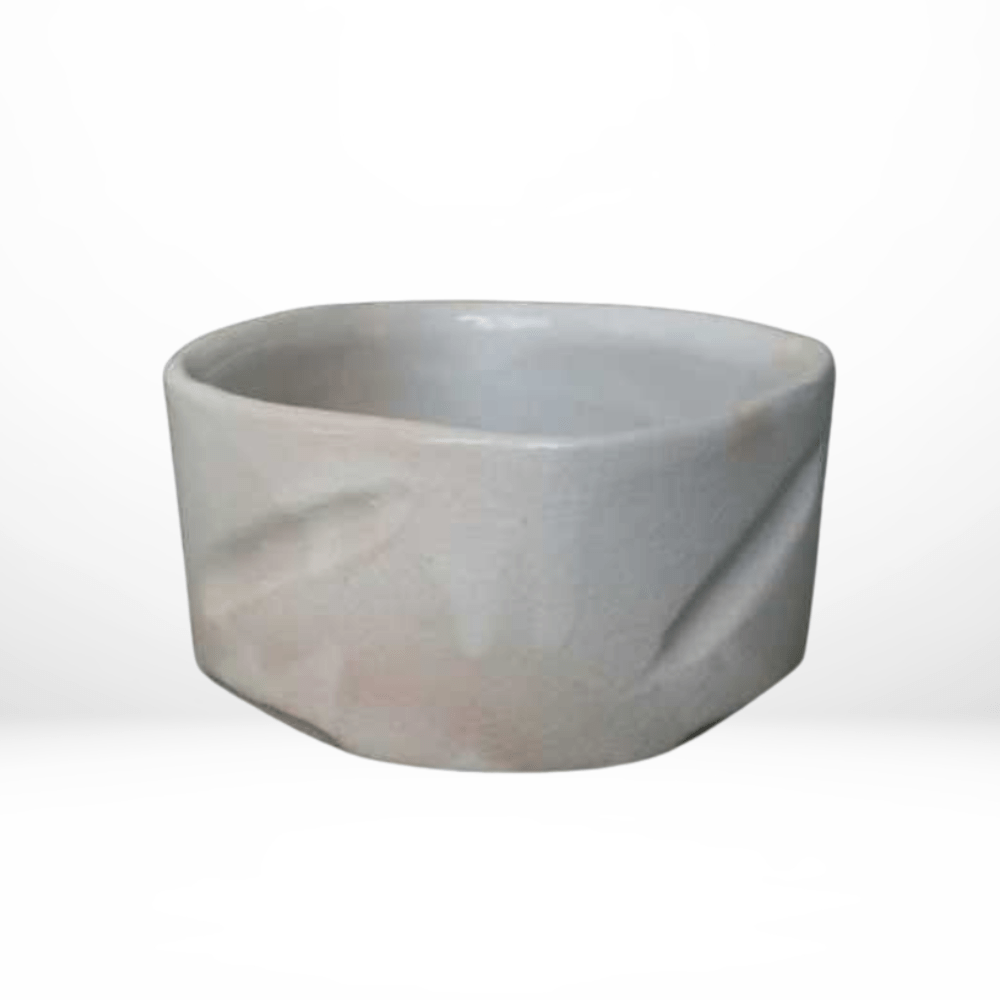
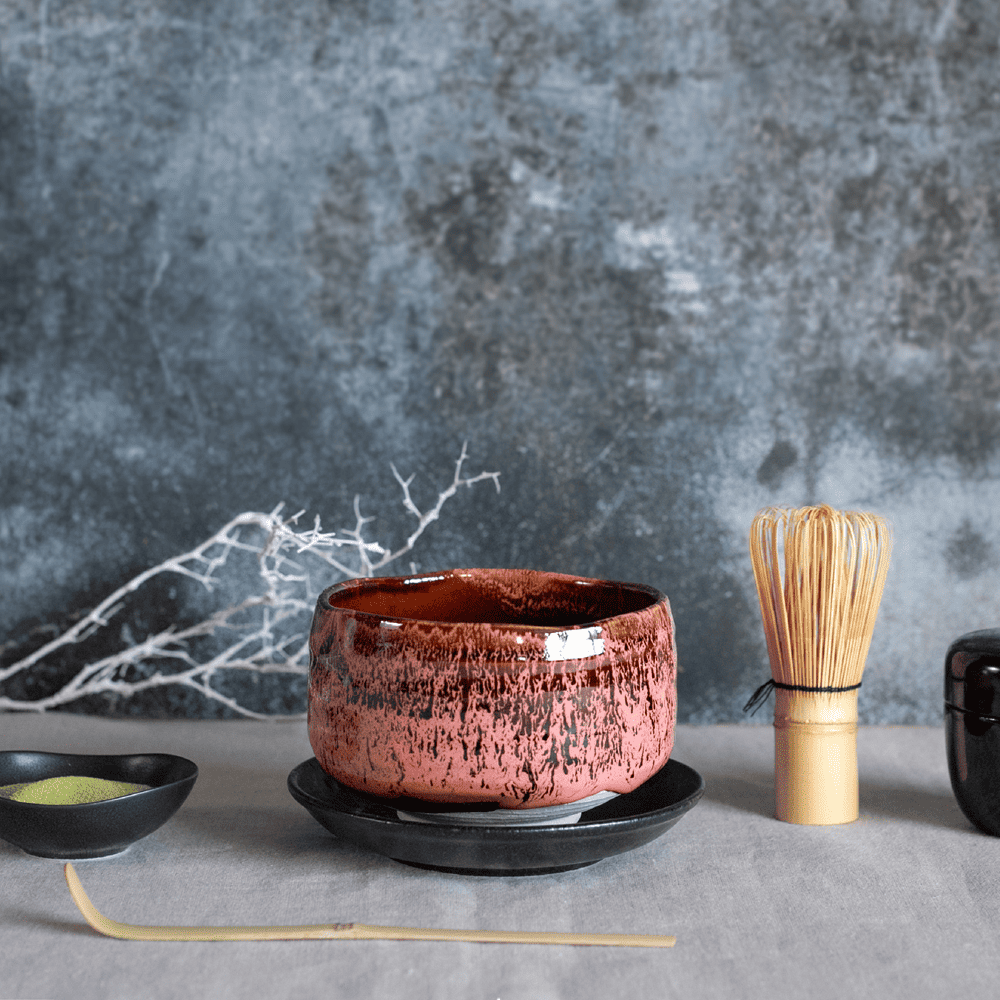
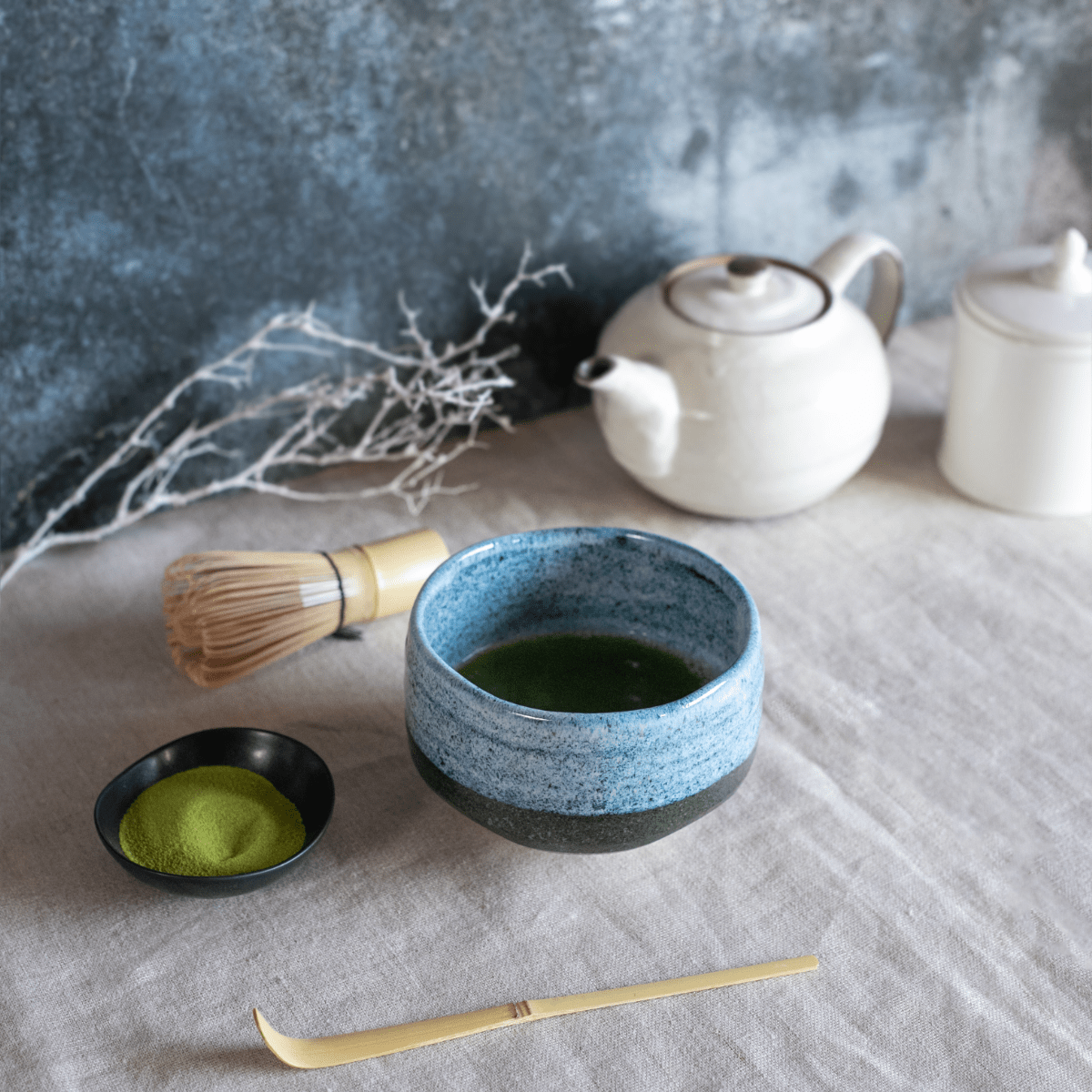
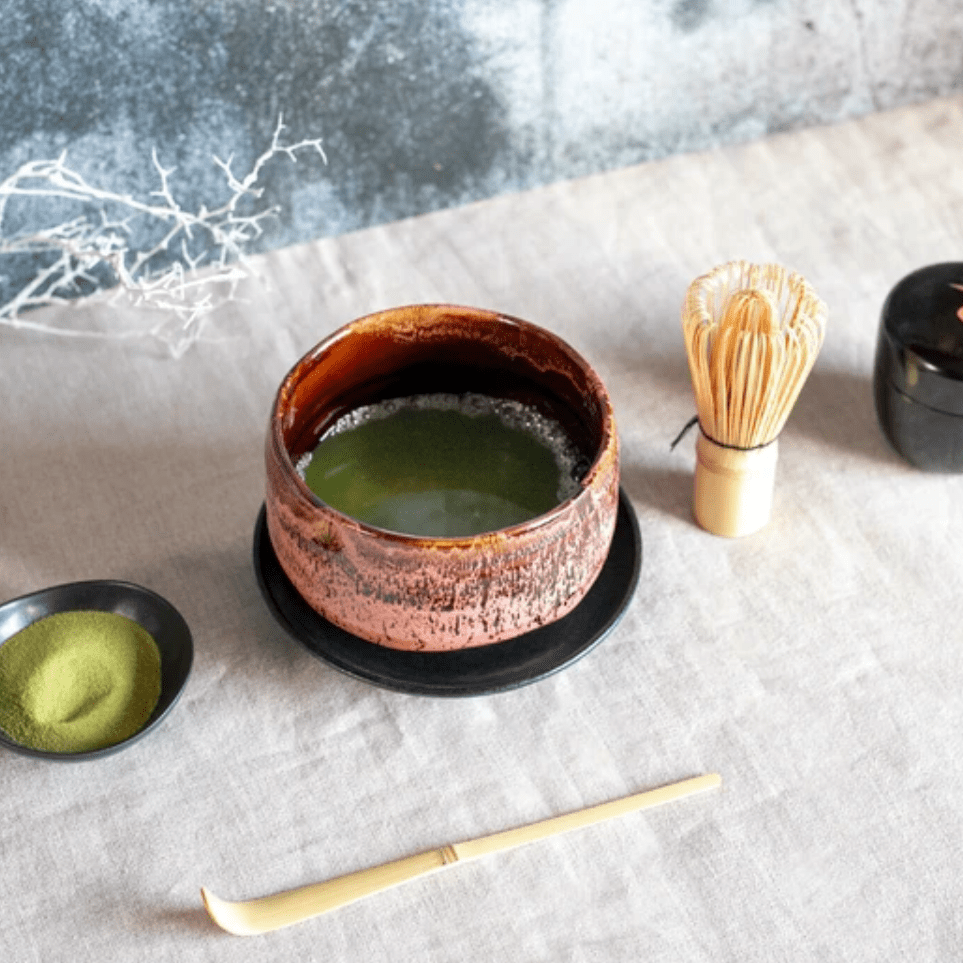
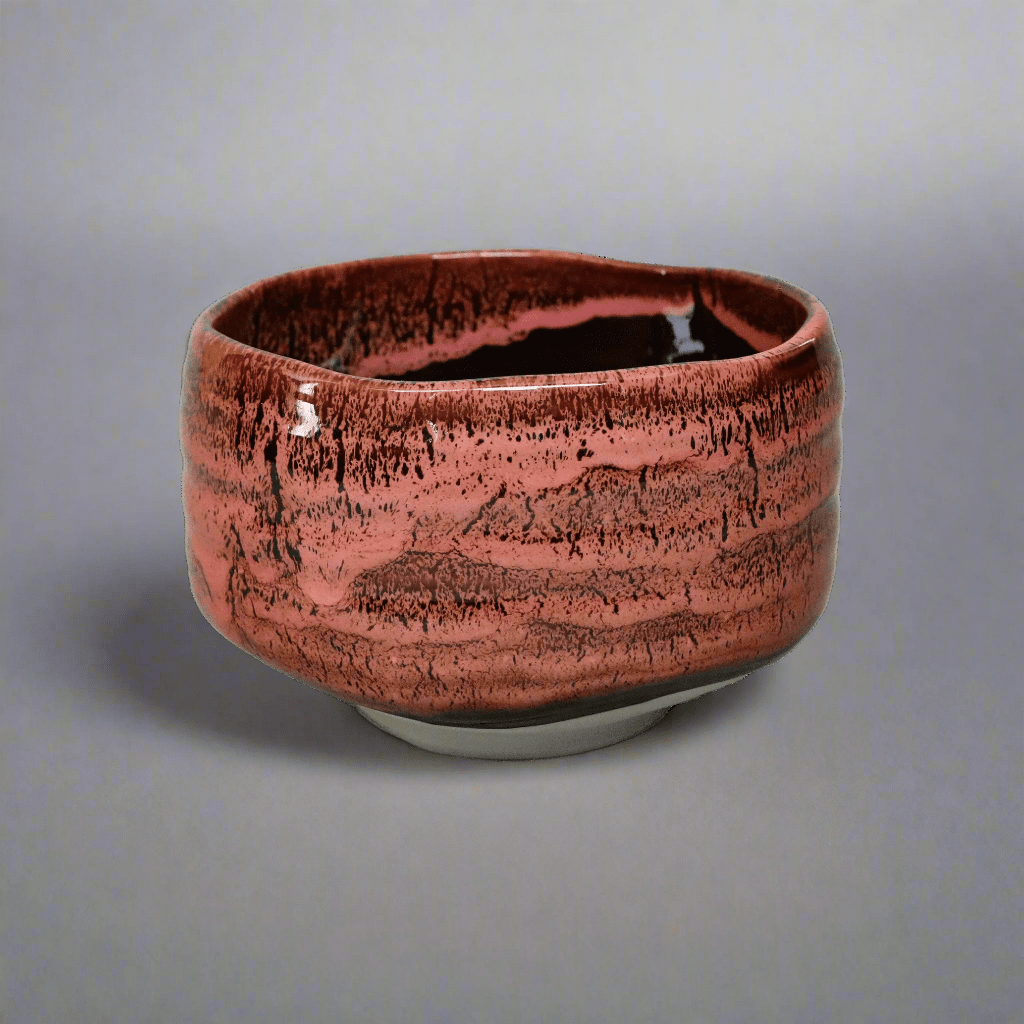
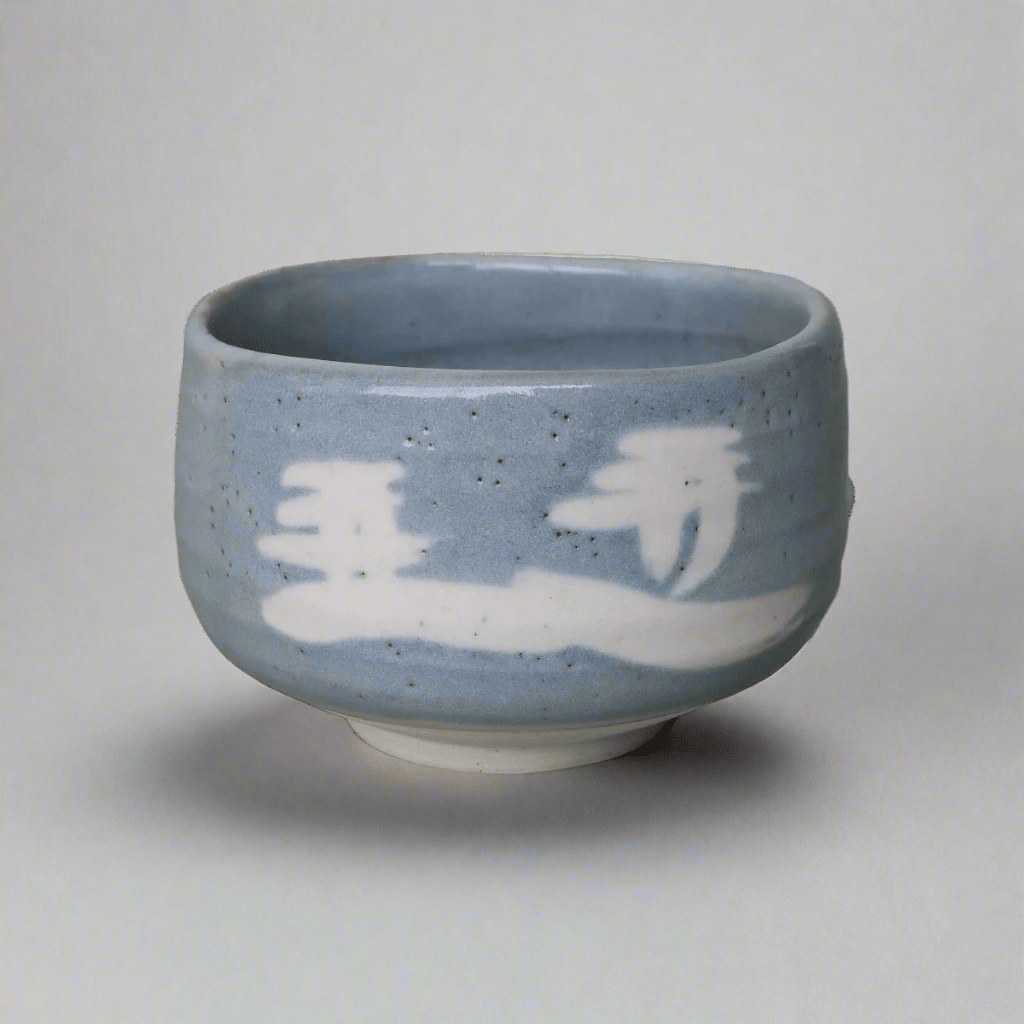
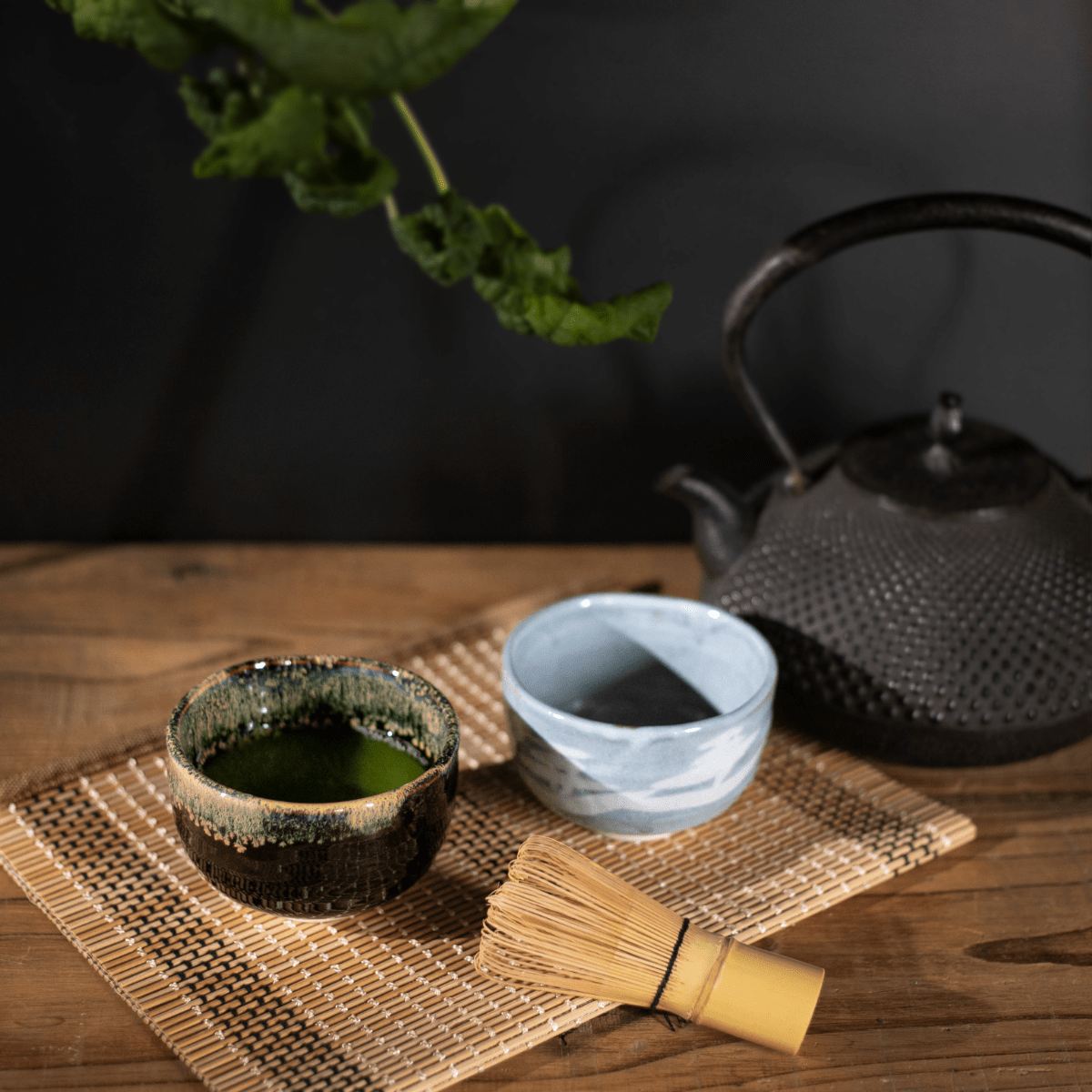
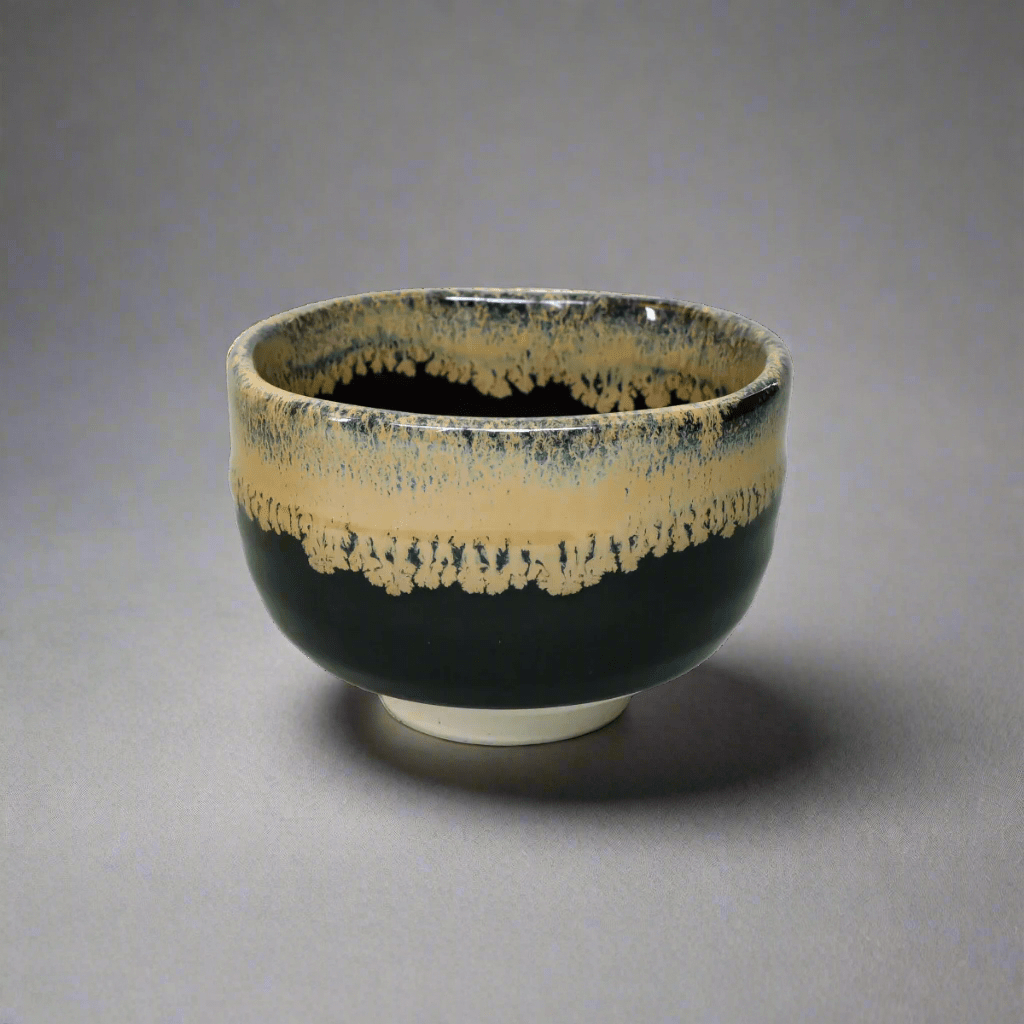
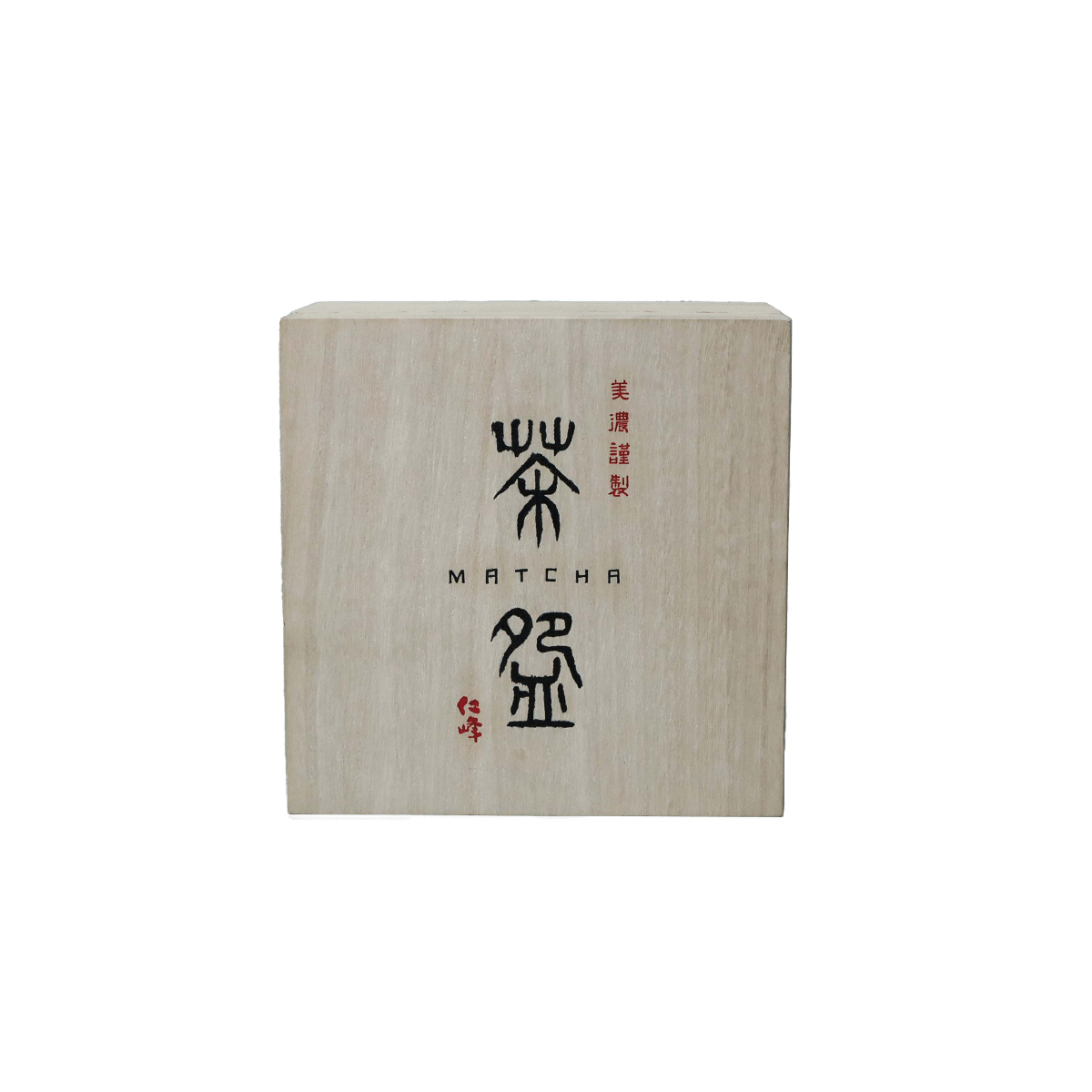
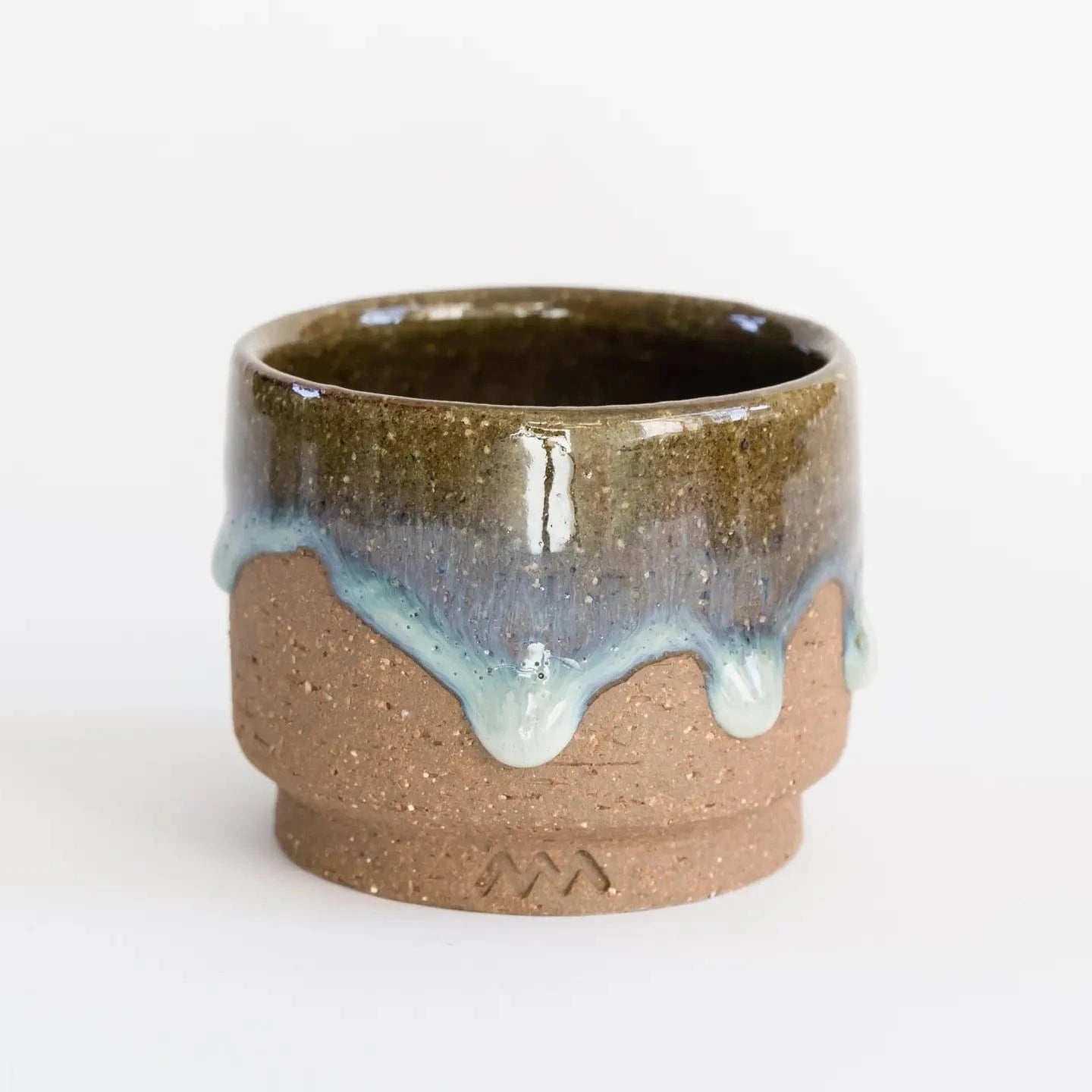
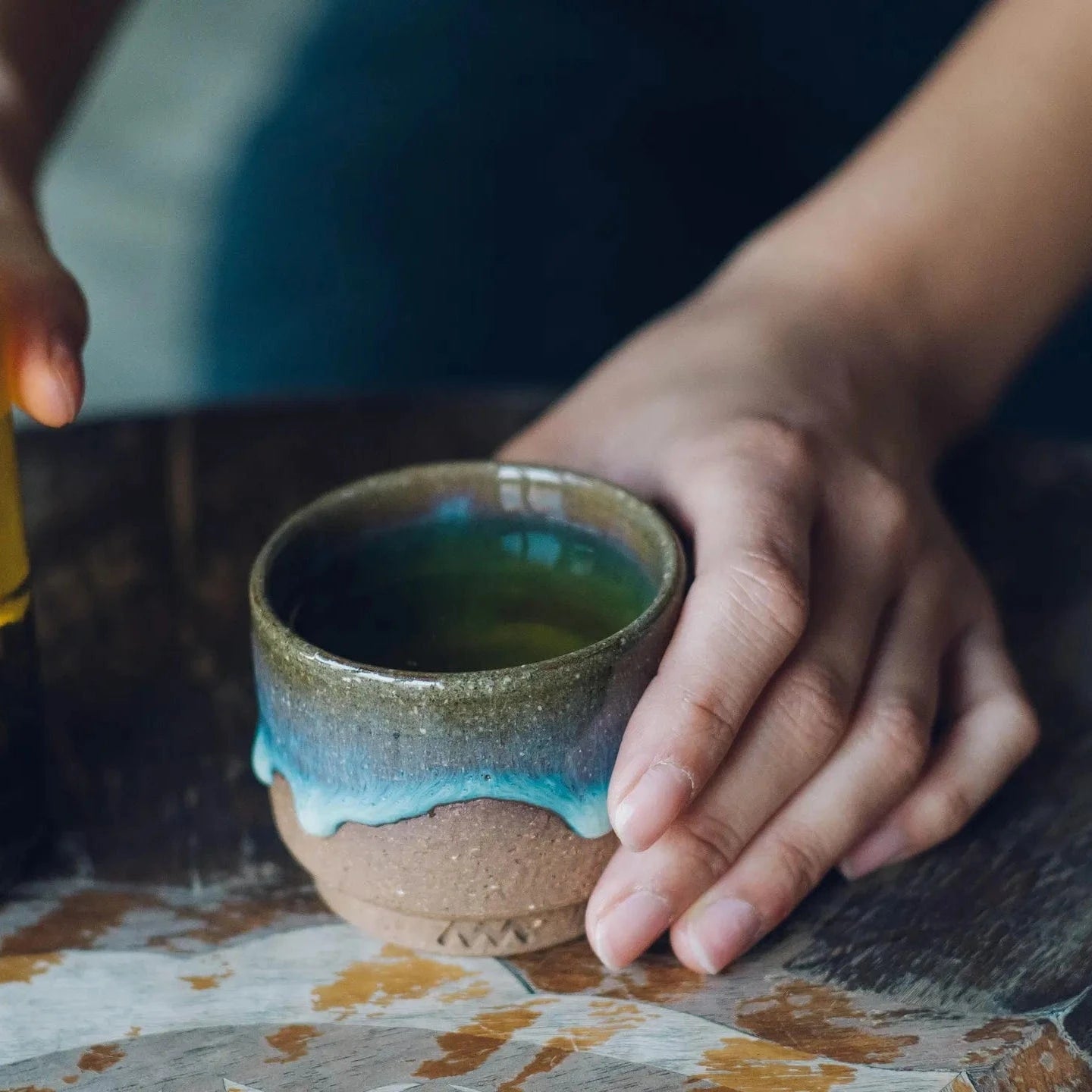
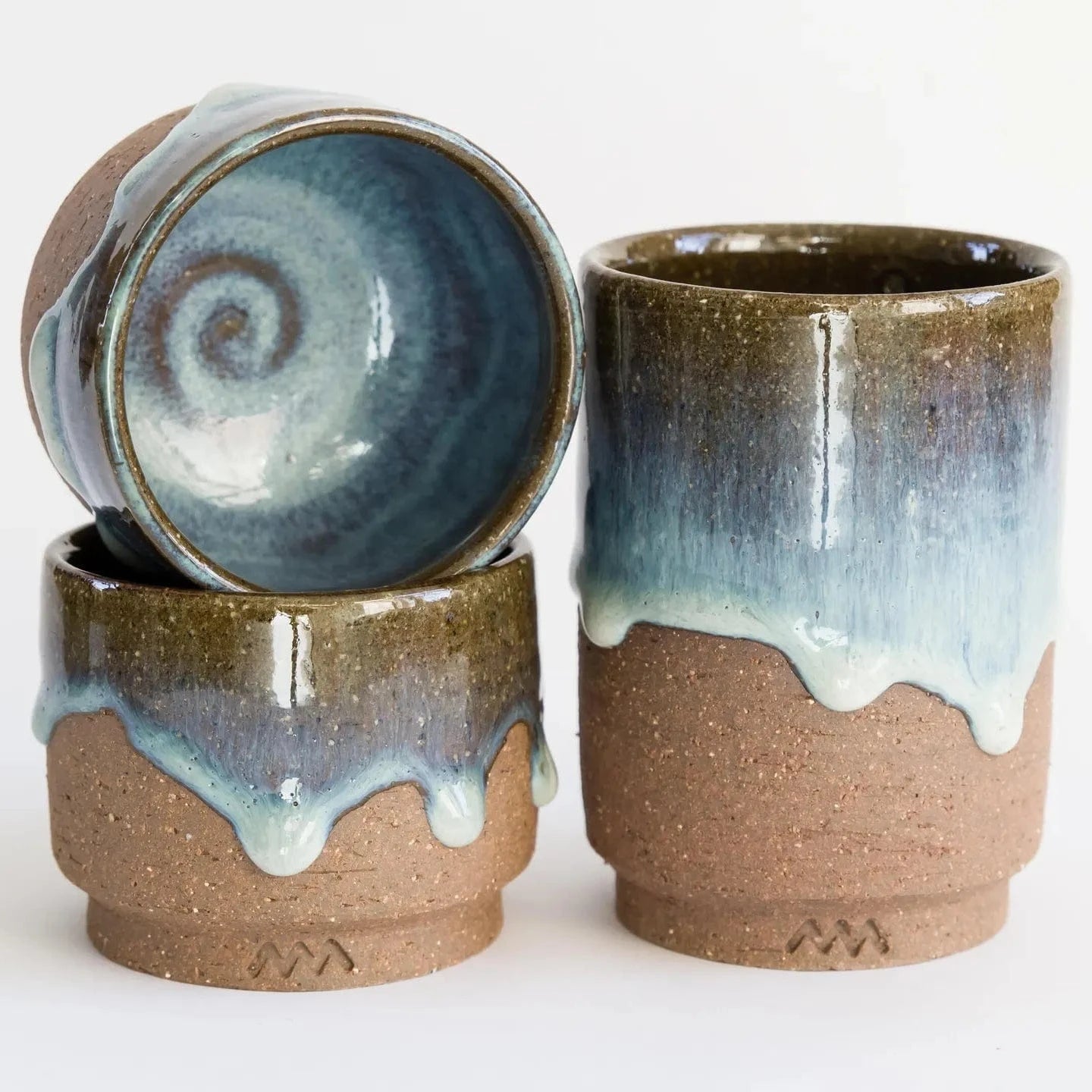
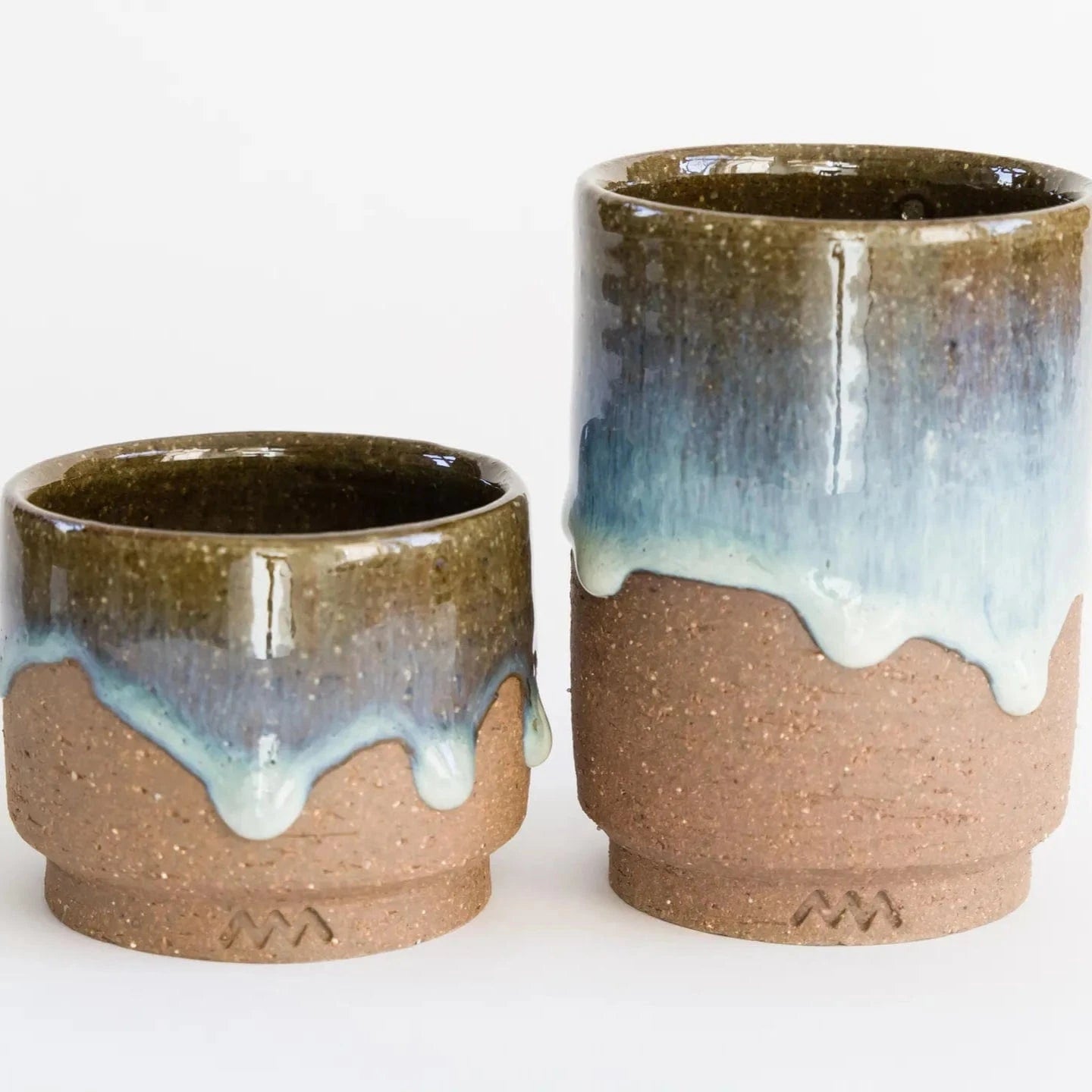
Share: